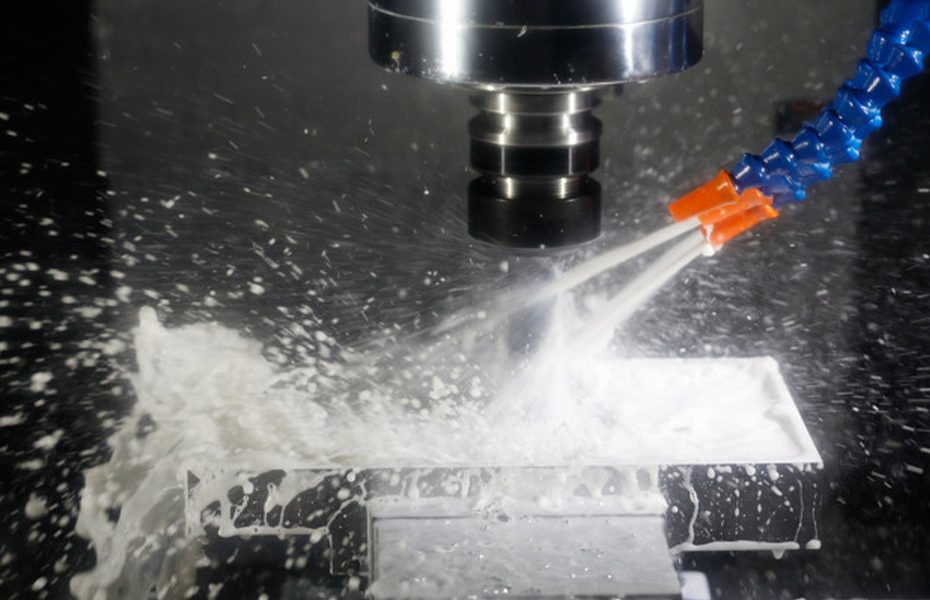Computer Numerical Control (CNC) machining is a manufacturing process in which pre-programmed computer software dictates the movement of factory tools and machinery. The process can be used to control a range of complex machinery, from grinders and lathes to mills and CNC routers.
The CNC process runs in contrast to — and thereby supersedes — the limitations of manual control, where live operators are needed to prompt and guide the commands of machining tools via levers, buttons and wheels. To the onlooker, a CNC system might resemble a regular set of computer components, but the software programs and consoles employed in CNC machining distinguish it from all other forms of computation.
This is a fundamentally different way of manufacturing compared to additive (3D printing) or formative (Injection Molding) technologies. The material removal mechanisms have significant implications on the benefits, limitations and design restrictions of CNC.
CNC Machining is necessary
CNC machining is a digital manufacturing technology: it produces high-accuracy parts with excellent physical properties directly from a CAD file. Due to the high level of automation, CNC is price-competitive for both one-off custom parts and medium-volume productions.
Almost every material can be CNC machined. The most common examples include metals (aluminum and steel alloys, brass etc) and plastics (ABS, Delrin, Nylon etc). Foam, composites and wood can also be machined.
The basic CNC process can be broken down into 3 steps. The engineer first designs the CAD model of the part. The machinist then turns the CAD file into a CNC program (G-code) and sets up the machine. Finally, the CNC system executes all machining operations with little supervision, removing material and creating the part.
Standard CNC machining processes include milling, turning, surface grinding and electrical discharge machining (EDM) although there are other specialized applications. Whenever a machine is digitally controlled there must always be a 3D CAD file of the part design which is used to program the machine’s movements.
Because of the reliability and precision afforded by modern tools controlled with sophisticated software, CNC machining is an ideal rapid prototyping and production volume solution for making complex end-use parts with very tight tolerances.
One of the great advantages to CNC machining is its versatility. It is highly flexible and adaptable to many shapes and sizes of parts, and because there is no need for fixed tooling one part can be made just as easily as one thousand. CNC machined components are full strength and they have excellent surface finishes. You can choose to put them into service immediately or they can be further processed with additional treatments such as plating, polishing, anodizing, painting and more.
Computer Numerical Control (CNC) machining has become increasingly common in manufacturing. CNC technology offers a versatile, automated means to produce large-volume runs of high-quality parts. The high levels of accuracy and repeatability offered by CNC machining processes make it an ideal tool for most manufacturers.
